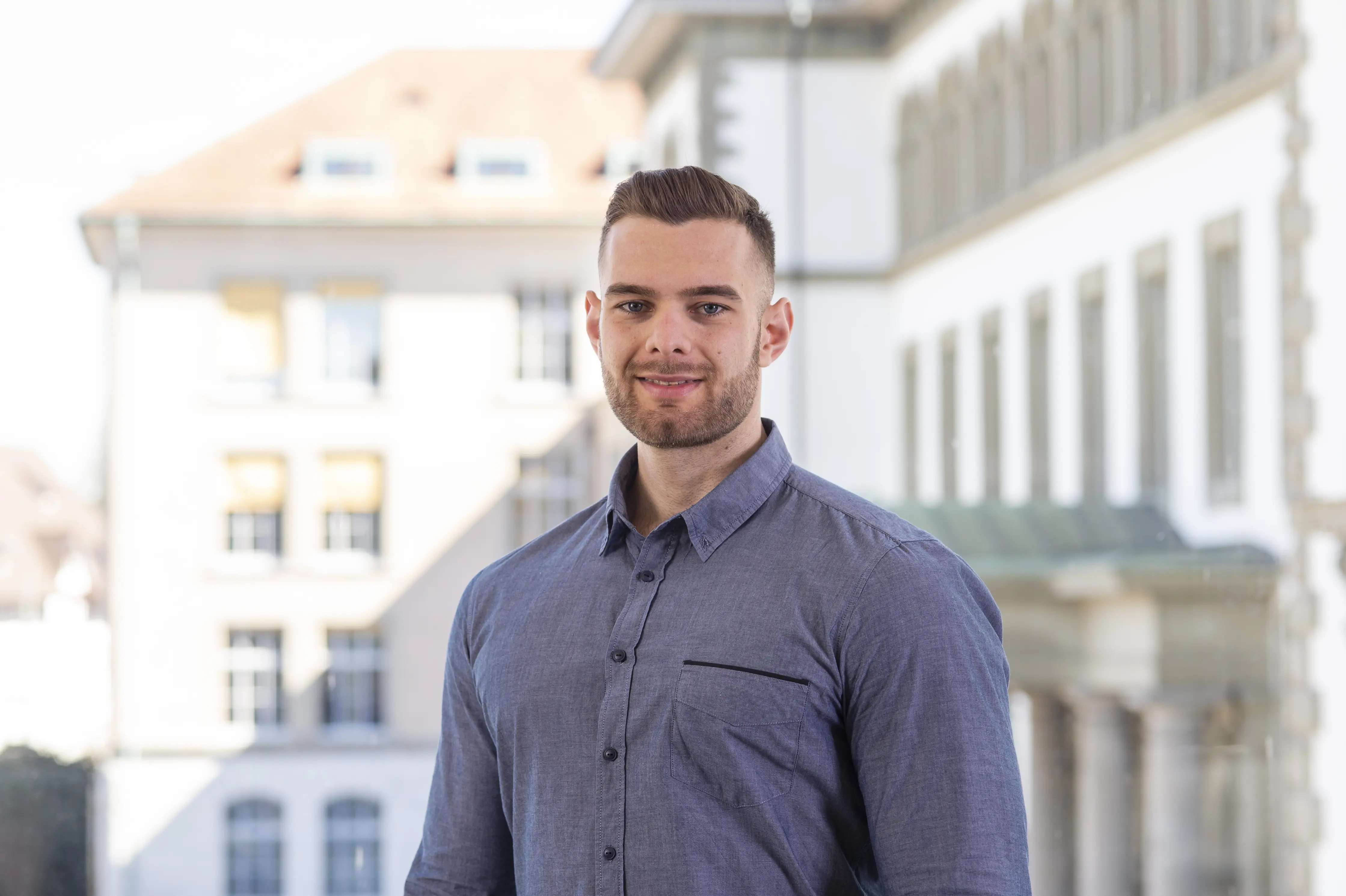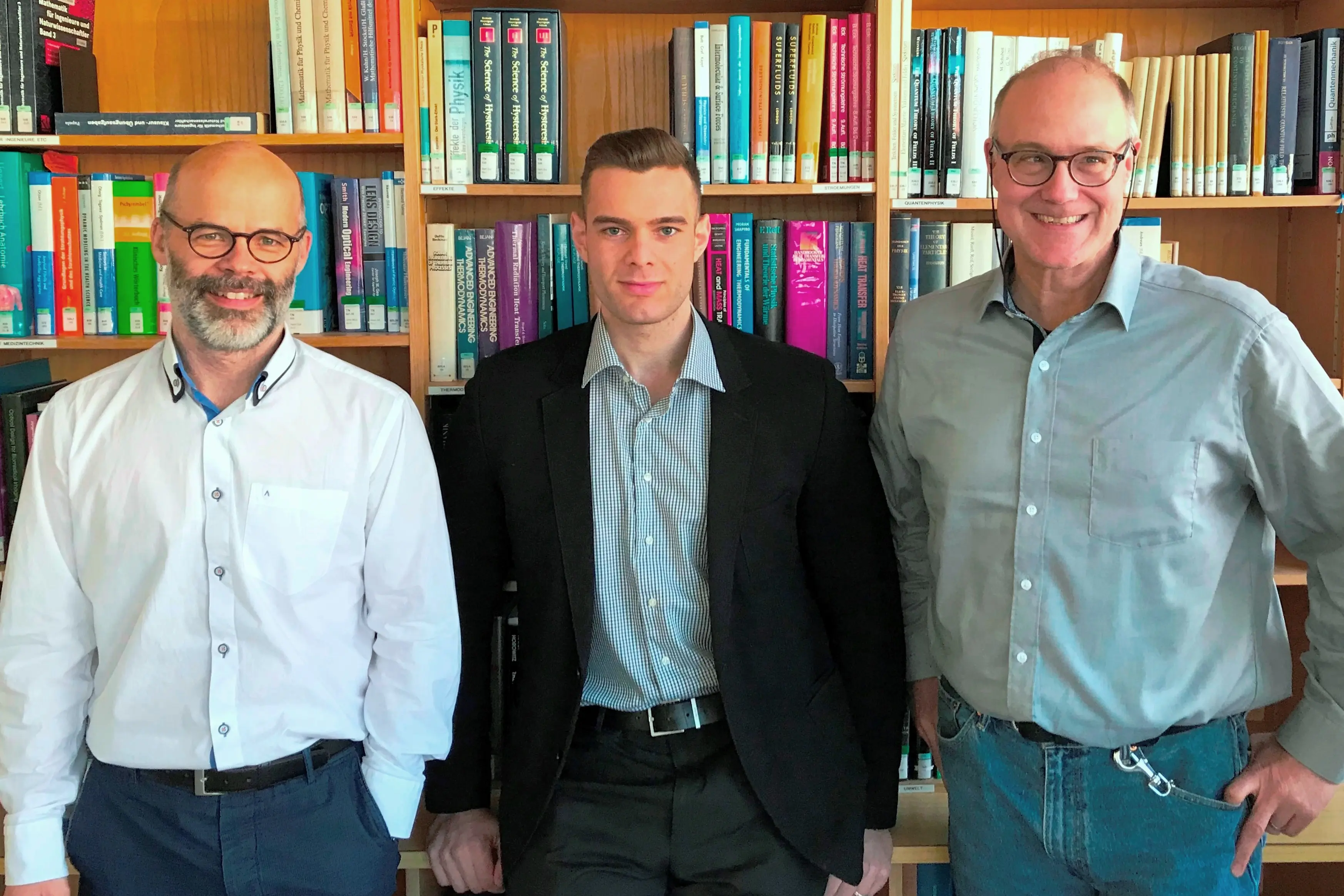First ZHAW student to programme quantum computer
Even state-of-the-art computers still need a long time to solve complex problems. Future quantum computers will be able to do this in a fraction of the time currently needed. For the first time at the ZHAW School of Engineering, a computer science student has implemented an algorithm for such a quantum computer.
It is a race with an unknown outcome. The pace is set by tech giants from the USA and China. Who will be the first to bring a commercial quantum computer onto the market? So far, none of the potential manufacturers has been able to go beyond prototype status. And who is to work with these machines anyway? Quantum programmers are still rare. The ZHAW School of Engineering has appointed computer science student Alexandros Soultanis as its first candidate to race in the competition.
Everything between zero and one
Ordinary computers store information in the form of bits, and they only know the two states 0 and 1. Quantum computers, however, are based on the principles of quantum physics. So-called qubits (quantum bits) contain more information than just a 0 or a 1. «They can represent mixed states between 0 and 1 and operate in both states at the same time,» explains ZHAW lecturer Rudolf Füchslin. «Instead of working through all the possibilities one after the other as traditional computers do, quantum computers can solve complex problems in parallel.» This technology still has one disadvantage: Environmental influences, for example temperature fluctuations, render the qubits unstable, which leads to faulty calculations. Quantum computers therefore cannot make one hundred percent valid statements yet. The challenge is now to develop algorithms that deliver correct output with as high probability as possible.
Starting small
Alexandros Soultanis is the first quantum programmer at the ZHAW School of Engineering. For his fifth-semester project, he worked with the so-called Grover algorithm, which can be used to search databases very quickly. In the worst case, traditional computers may need as many steps to search unsorted data as there are entries in the list. In the future, the Grover algorithm could accomplish this task in a fraction of the steps. The computer science student implemented the algorithm, tested it on a quantum simulator and eventually ran it on a quantum computer at IBM which is available to the researchers free of charge. «We can compare Alexandros Soultanis’s work with a Lego robot. It may not be a real robot, but it helps us to understand the basic principles of robotics,» says ZHAW lecturer Kurt Stockinger. Together with Rudolf Füchslin, he supervised Alexandros Soultanis in the implementation of the quantum computing algorithm. «My algorithm is currently working with four qubits only,» says Alexandros Soultanis. It is not yet possible to calculate more complex problems with it. His goal: In his BA thesis, he wants to investigate how to scale up the algorithm, so that he can implement simple machine-learning algorithms on a quantum computer.

